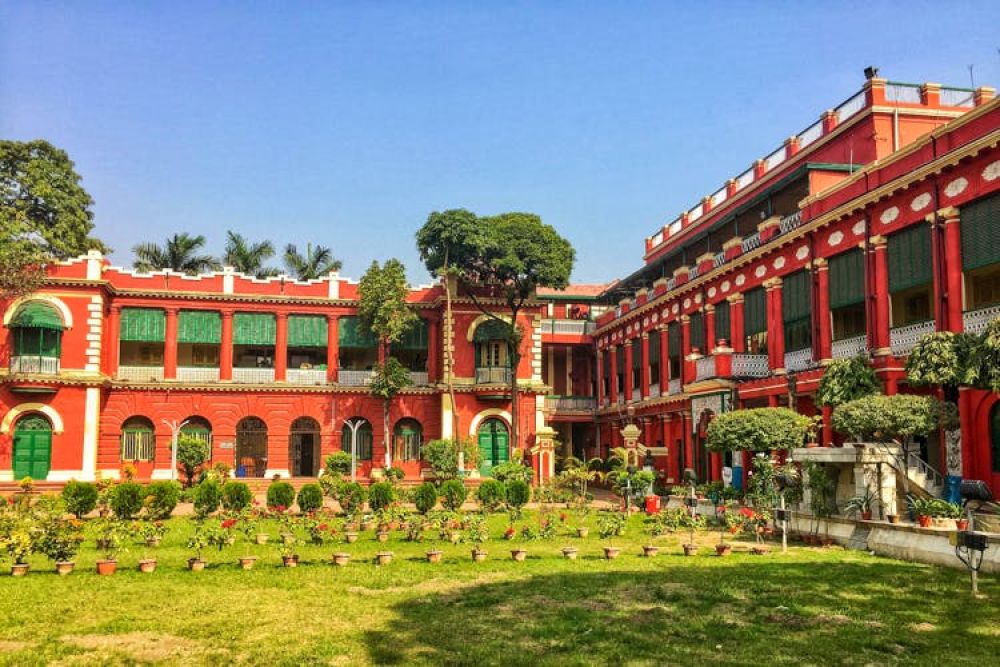

Located in the serene and culturally rich town of Shantiniketan in West Bengal, India, the Rabindra Bhaban Museum, commonly known as Bichitra, stands as a testament to the life and works of the Nobel Laureate Rabindranath Tagore. Shantiniketan itself has a deep connection with Tagore, as it was founded by his father Maharishi Debendranath Tagore, and later expanded by Rabindranath into a university town that attracts scholars, artists, and tourists from around the globe.
The origins of tourism in Shantiniketan can be traced back to the early 20th century when Tagore started the Visva-Bharati University. The university became a place of international appeal, fostering cross-cultural exchanges and artistic dialogues. Over the years, tourists began flocking to Shantiniketan to imbibe its educational ethos, partake in its varied cultural events and explore the life and philosophy of Tagore.
With time, Tagore's home and the university campus transformed into significant tourist attractions. The establishment of Rabindra Bhaban Museum in 1961 further cemented the town's status as a must-visit destination for anyone interested in Bengali culture and history. The museum was founded on the occasion of Tagore’s centenary celebrations and is designed to archive, study, and display the poet’s works and memorabilia.
The museum houses a diverse collection including Tagore's original manuscripts, letters, documents, paintings, and photographs. It gives visitors an intimate glimpse into Tagore’s contributions to literature, music, and art. The museum has become a place of pilgrimage for Tagore enthusiasts and researchers.
In recent years, Shantiniketan has witnessed a tourism revival, drawing interest from not just traditional tourists but also experiential and educational travelers. Tourism trends show an increase in visitors during special events like the Poush Mela - an annual fair and festival that takes place in December, and the Basant Utsav - a spring festival that is celebrated with much fervor.
With the advancement of digital platforms, virtual tours of the museum have also become popular, though nothing compares to the experience of walking through the halls of Bichitra, where history and culture vividly come to life.
Moreover, the local government and tourism boards are focusing on sustainable tourism to preserve the natural beauty and cultural heritage of Shantiniketan. This includes promoting local handicrafts, supporting local communities, and emphasizing eco-friendly practices among tourists.
When visiting, it's important to respect the solemnity and cultural significance of the site. The museum's timing, entry fees, and photography rules should be checked in advance as they are subject to change. Additionally, visitors are encouraged to explore the surroundings, visiting sites such as the Tagore’s Ashram, the Uttarayan complex, and the Chhatimtala where Maharishi Debendranath Tagore meditated.
Whether you're a history buff, a literary enthusiast, or simply in search of a peaceful retreat, the Rabindra Bhaban Museum in Shantiniketan is a destination that promises profound insights and a tranquil experience amidst the legacy of one of India's greatest luminaries.